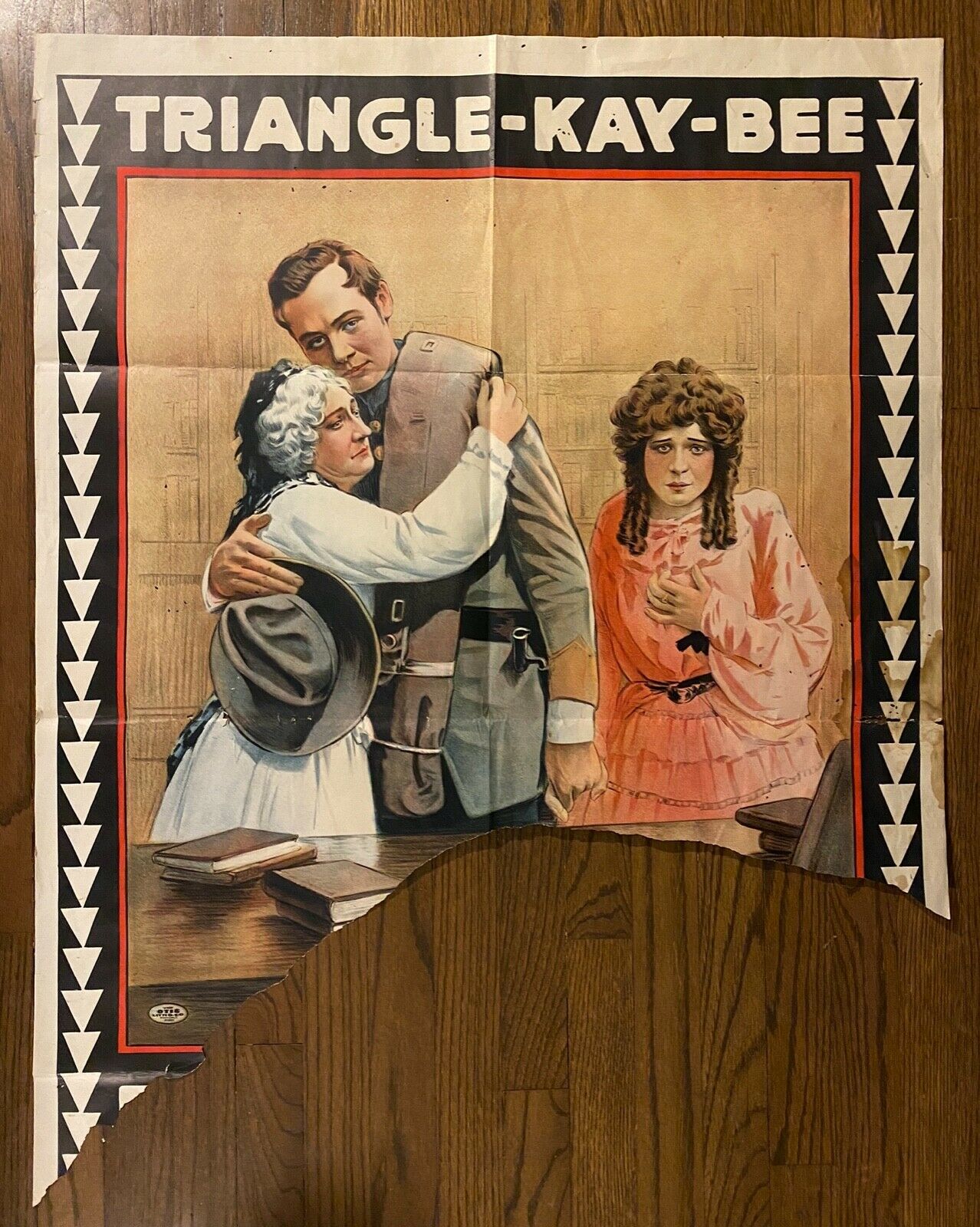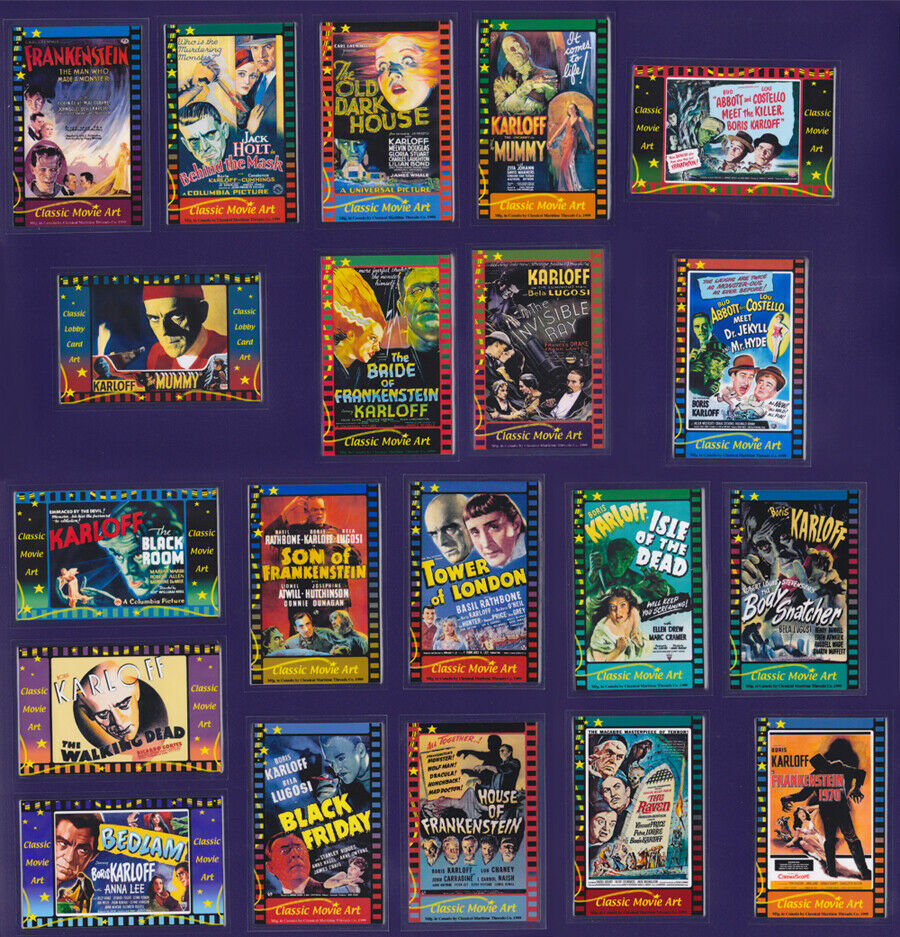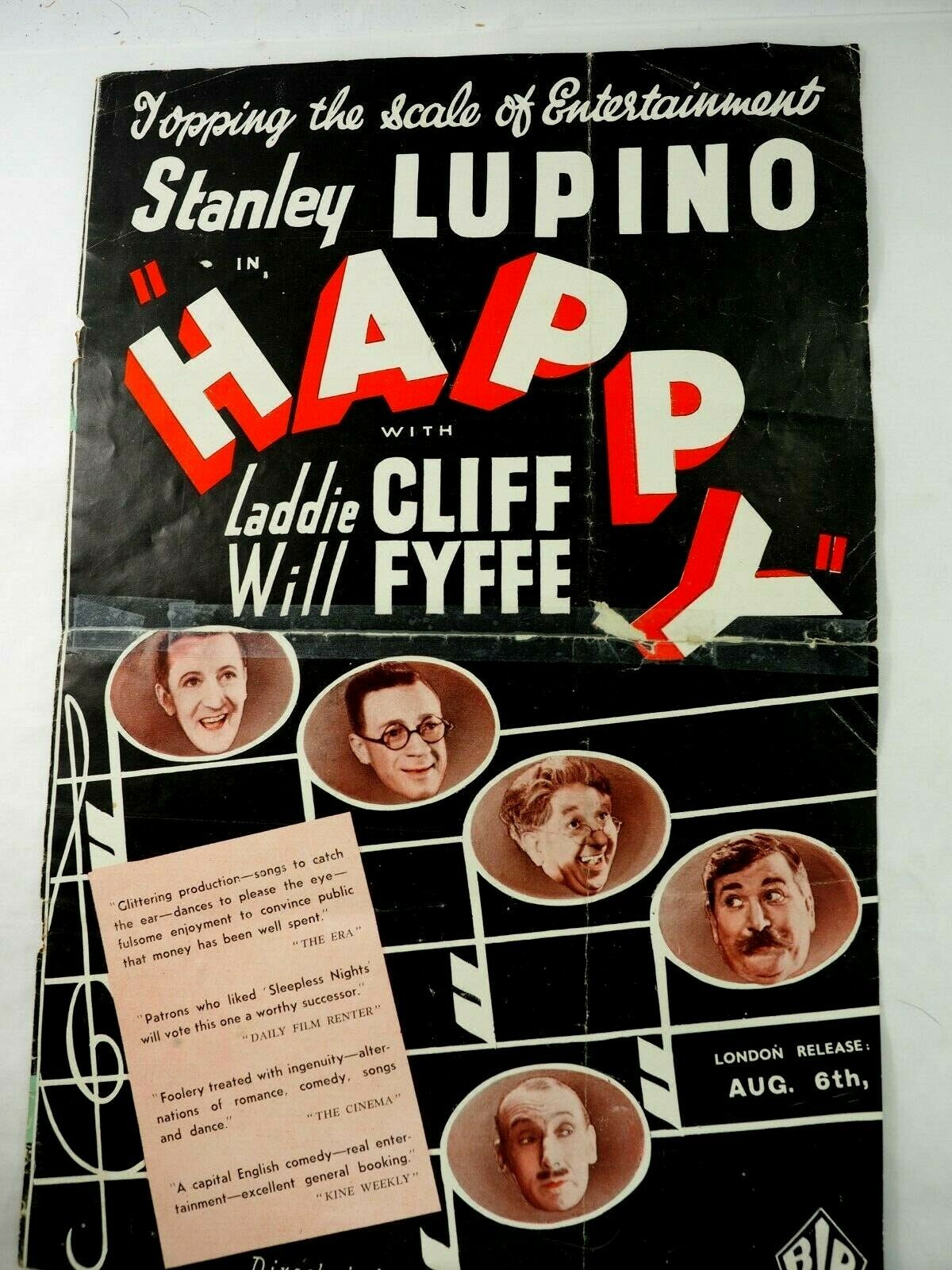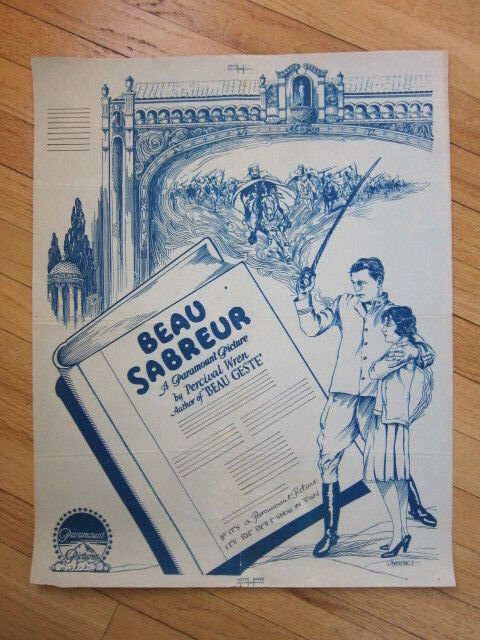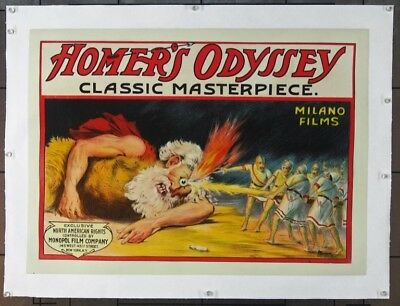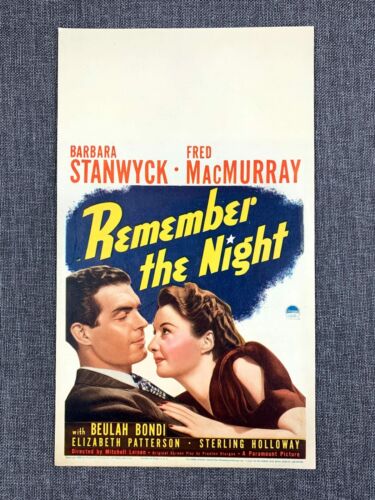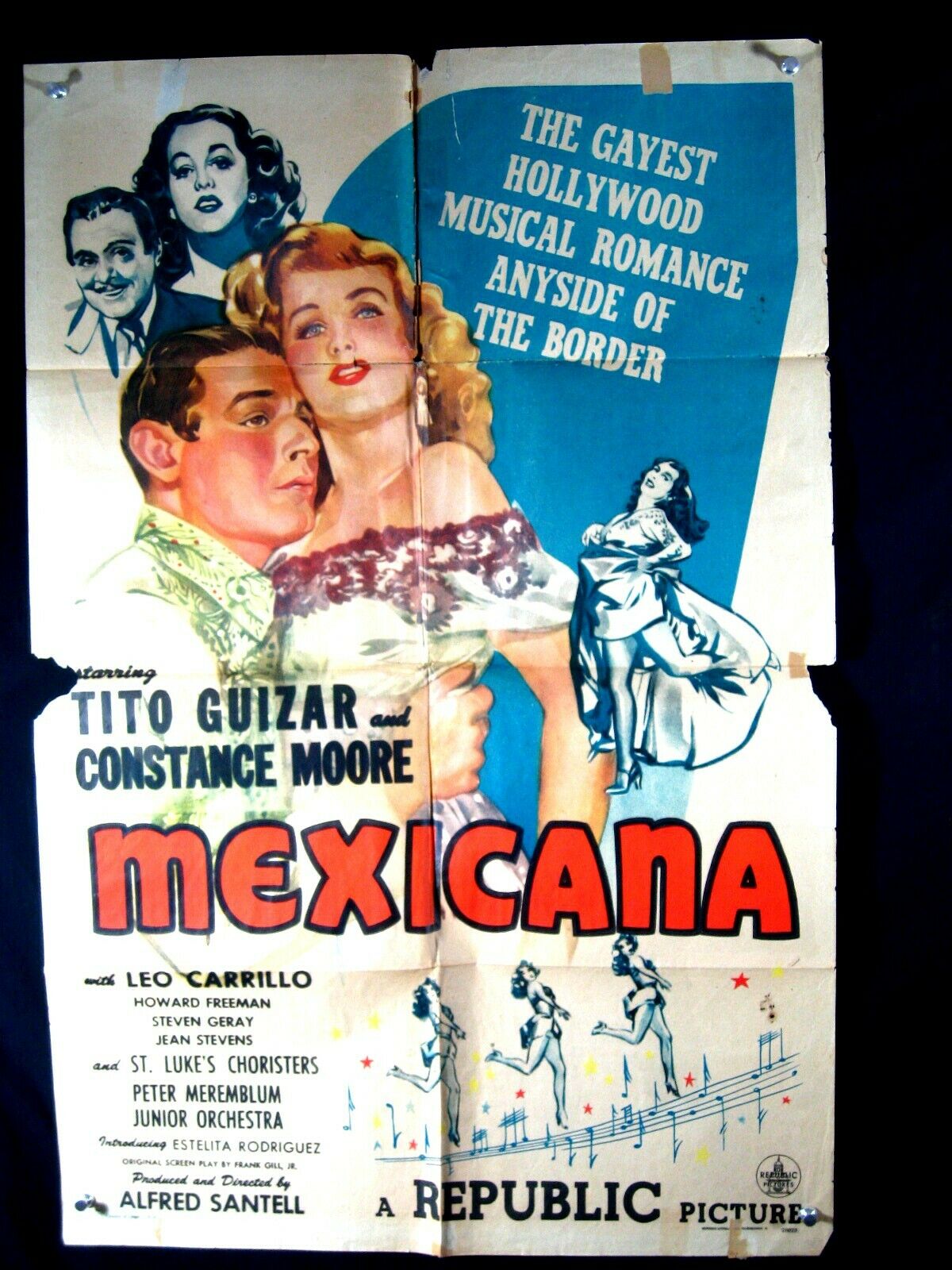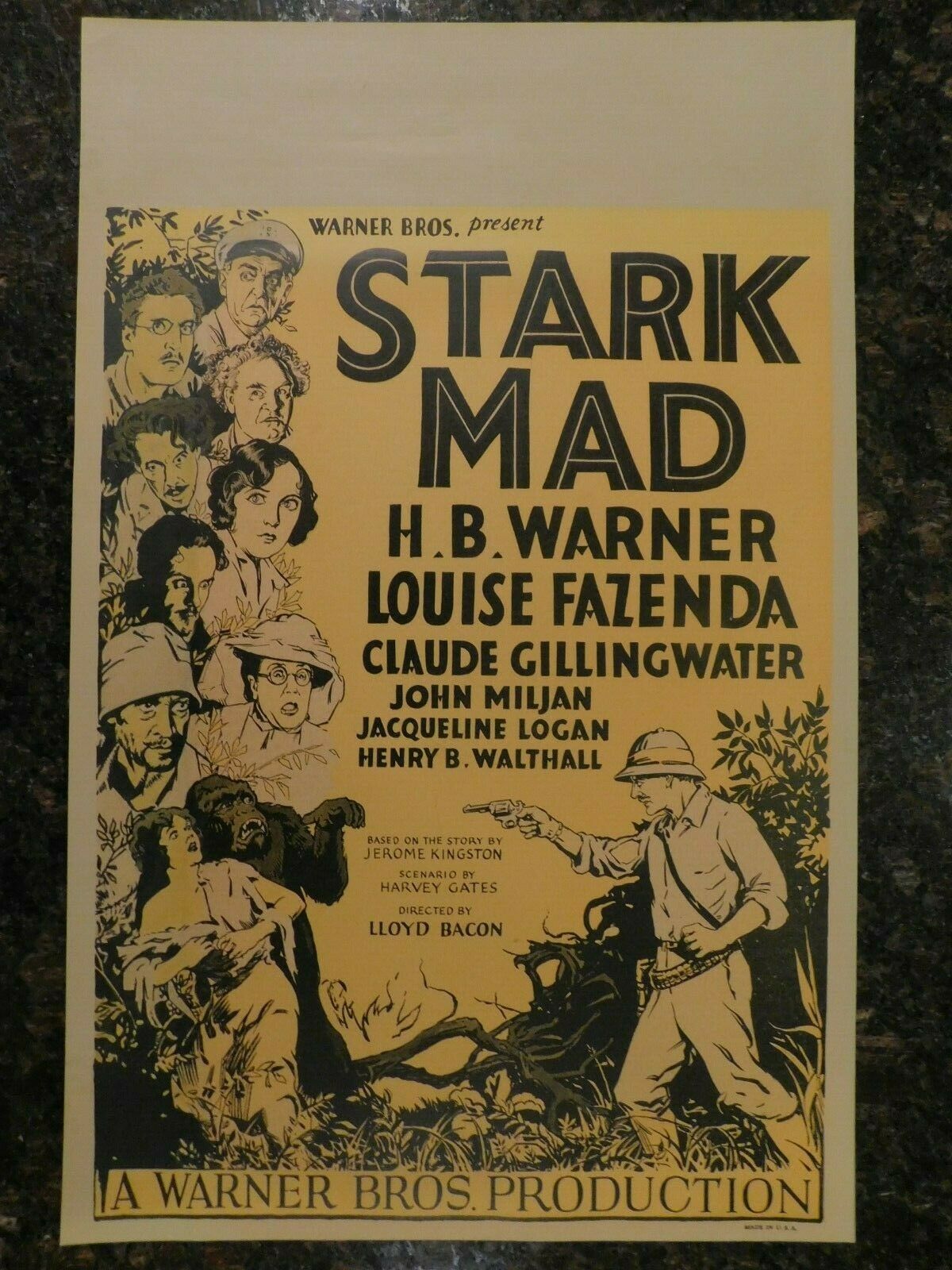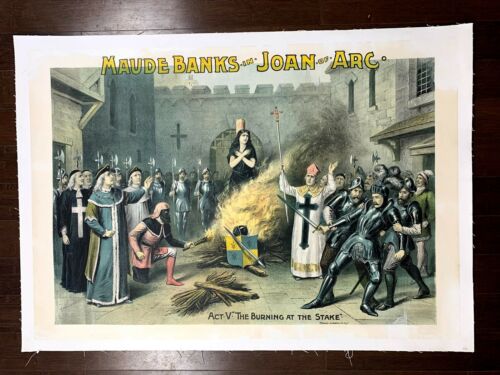-40%
Thomas H. Ince's THE COWARD (1915) Civil War One-Sheet Charles Ray, Frank Keenan
$ 209.08
- Description
- Size Guide
Description
This is avintage original trimmed 27x41 in. US one-sheet poster
from the historic teens silent film Civil War drama,
THE COWARD
, released in 1915 by Triangle Distributing and
directed by Reginald Barker and Thomas H. Ince
. Featuring a story and screenplay by Ince,
and set during the American Civil War, Frank Keenan stars as a Virginia colonel, with Charles Ray as his weak-willed son. The son is forced, at gunpoint, by his father to enlist in the Confederate States Army. He is terrified by the war and deserts during a battle. The film focuses on the son's struggle to overcome his cowardice.
The cast includes Gertrude Claire, Patricia Palmer, Nick Cogley, Charles K. French, and Minnie Devereaux.
This vintage original one-sheet poster was issued for the film's initial 1915 US theatrical release. It is a stone lithograph, which features beautiful, rich colors and very fine detail. The design features artwork depicting one of the film's key scenes inside of the Winslow family Library as Frank Winslow
(Charles Ray
) says goodbye to his mother, Elizabeth (
Gertrude Claire
), while his sweetheart, Amy (
Patricia Palmer
) reacts in fear. This poster was found inside of a root cellar in Montana with a small group of other posters from this period (including a near-perfect example of this same poster). Unrestored and folded as originally issued, it is in fair- condition only.
Approximately 2/3 of the
bottom
half is missing
. There are random small holes from bug damage and a water stain on, above, and below the center of the right border that go slightly into the background area. The borders exhibit random signs of wear.
For reference for restoration purposes, we have included an image of the complete one-sheet as taken from the other example that we once had in our
possession
, as the majority of the missing section is text and black background areas and can easily be replaced by a talented poster restoration studio after the poster is linen-backed. This poster is worth saving, as it represents an important American feature-length Civil War film made during the teens by a major producer/director and which was both a critical as well as a financial success.
The Coward
was both a critical and financial success and helped to launch Charles Ray's career. This Civil War era melodrama was filmed and released just 50 years after the end of the Civil War--when several Civil War veterans would have still been alive.
Unusual for films of this period, the main character is not presented as a gallant Southerner who is eager to fight in the war. However, consistent with practice when the film was made, black characters were played by non-black actors in blackface. Another 1915 film,
The Birth of a Nation
, used whites in blackface to represent all of its major black characters, but reaction against that film's racism largely put an end to this practice in dramatic film roles, although blackface continued to be used in comedies.
The acting in the film has also been noted to have been much more naturalistic than had been common in prior silent films, with cutting and camera angles aiding the actor's use of facial expressions and pauses to convey dramatic tension.
